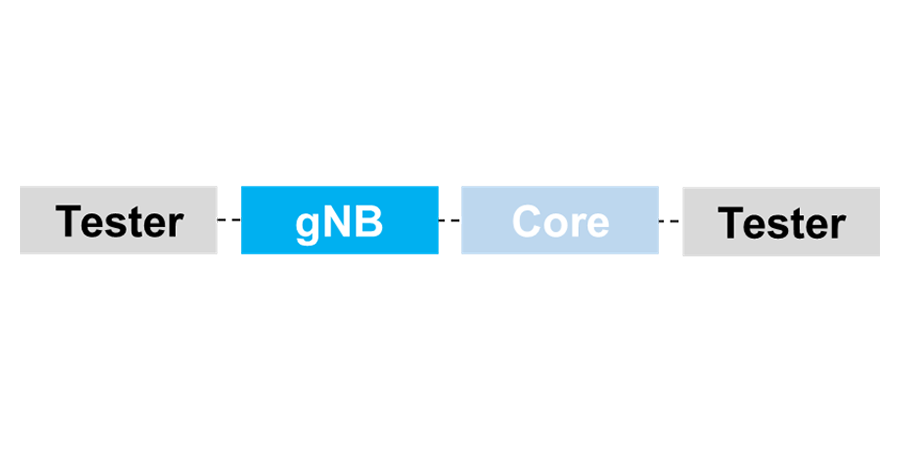Artiza Fronthaul Monitor
Accelerate O-RU debugging with fronthaul packet capture and analysis
Introduction
As technology progresses, the evolution of radio units from simple signal converters to sophisticated processing devices has greatly improved interconnectivity and allowed for more flexible network configurations. However, this evolution does present certain challenges for RF developers. The integration of complex network processing presents difficulties for developers when testing the radio characteristics of their devices.
This has remained a consistent issue, and intentionally reproducing failures has proven challenging. Even when the conditions leading to a failure are known, it is extremely complex to detect subtle anomalies in the large volume of processed data. While Packet capture is possible, it does not simplify the analysis of the fronthaul IQ signal. This complexity emerges because data is split, compressed into packets, and transmitted in close coordination with the C-Plane and M-Plane.
Introducing FH MONITOR – the ultimate solution for tackling these challenges and streamline O-RU debugging.

Features
Supports extended duration FH packet capture
Capture front-haul packets for longer periods to collect evidence for every test. FH Monitor even captures unexpected issues comprehensively, saving users the trouble of reproducing glitches.
Fronthaul Packet Analysis and Anomaly Detection
FH Monitor empowers users to effortlessly detect and analyze anomalies in the open fronthaul. Detecting anomalies can feel like searching for a needle in a haystack, relying on visual inspection or self-made scripts. FH Monitor allows users to eliminate such monotonous tasks from their workflow. This comprehensive solution, located on a single server, eliminates the need to transfer massive capture files back and forth with peripheral systems.

Background
Traditionally, vendors have tested end-to-end performance through proprietary internal testing procedures, integrating their own subsystems. This approach has minimized challenges related to performance and interoperability.
The introduction of O-RAN offers several advantages, including an increase of new vendors, quicker time to market, best-of-breed solution finding, and reduced supply chain risk. However, the transformation to O-RAN has introduced unique complexities in testing these new network environments.
O-RAN testing faces three critical challenges:
- Escalating network complexity
The advent of O-RAN has led to increased network complexity, making interoperability testing and debugging a more significant process than ever before. - Multi-vendor interoperability
Testing the interoperability of components and interfaces from different vendors is becoming non-negotiable to ensure time-to-market and market acceptance. - Strategic approach to testing
Network troubleshooting and problem-solving present significant challenges, underscoring the necessity for testing strategies and the development of effective debugging tools.
As network complexity increases and the industry transitions towards multi-vendor environments, addressing challenges requires a strategic approach. The best solution uses a three-step testing process, where each step is vital to the overall process.



